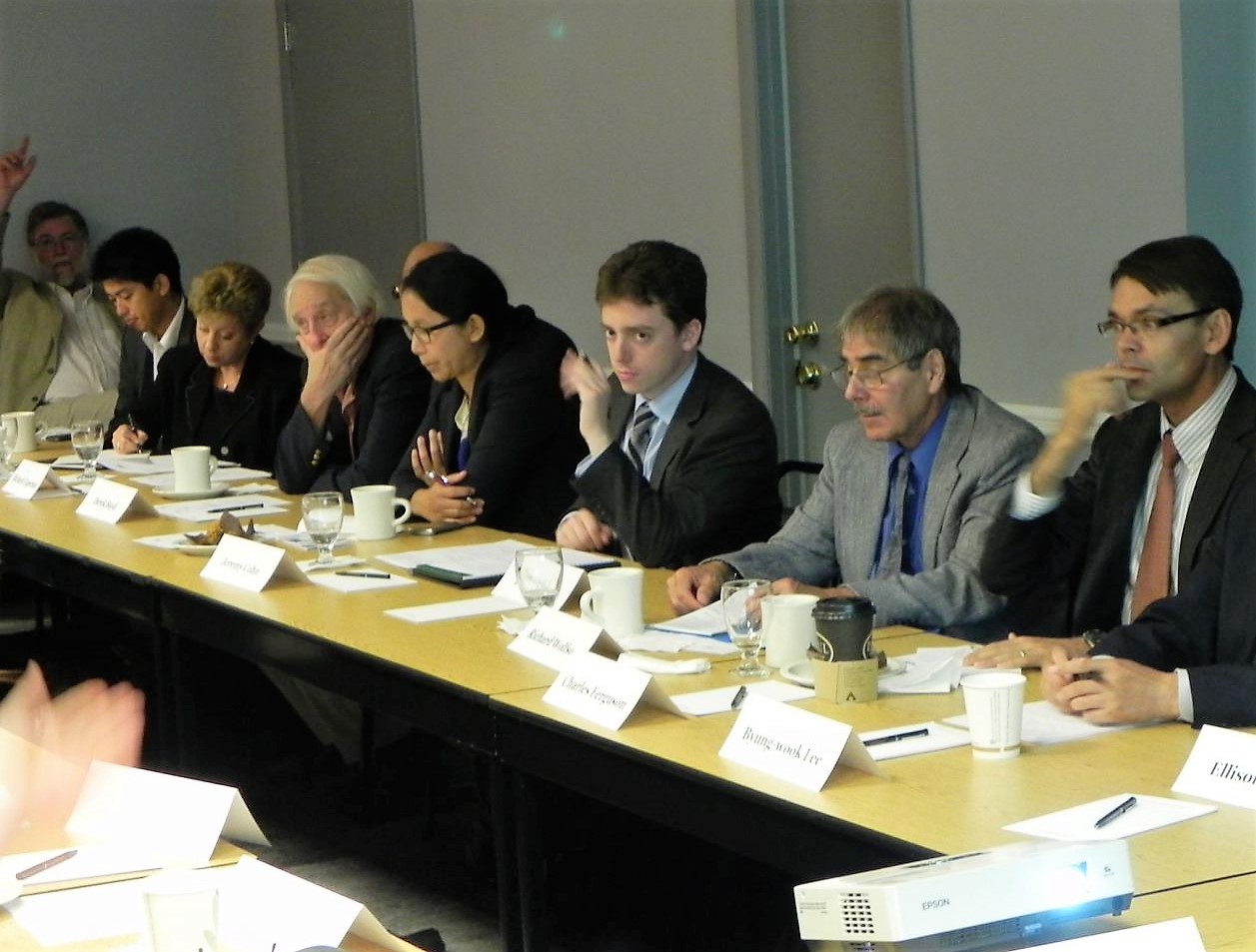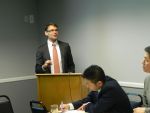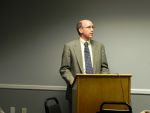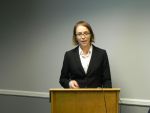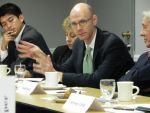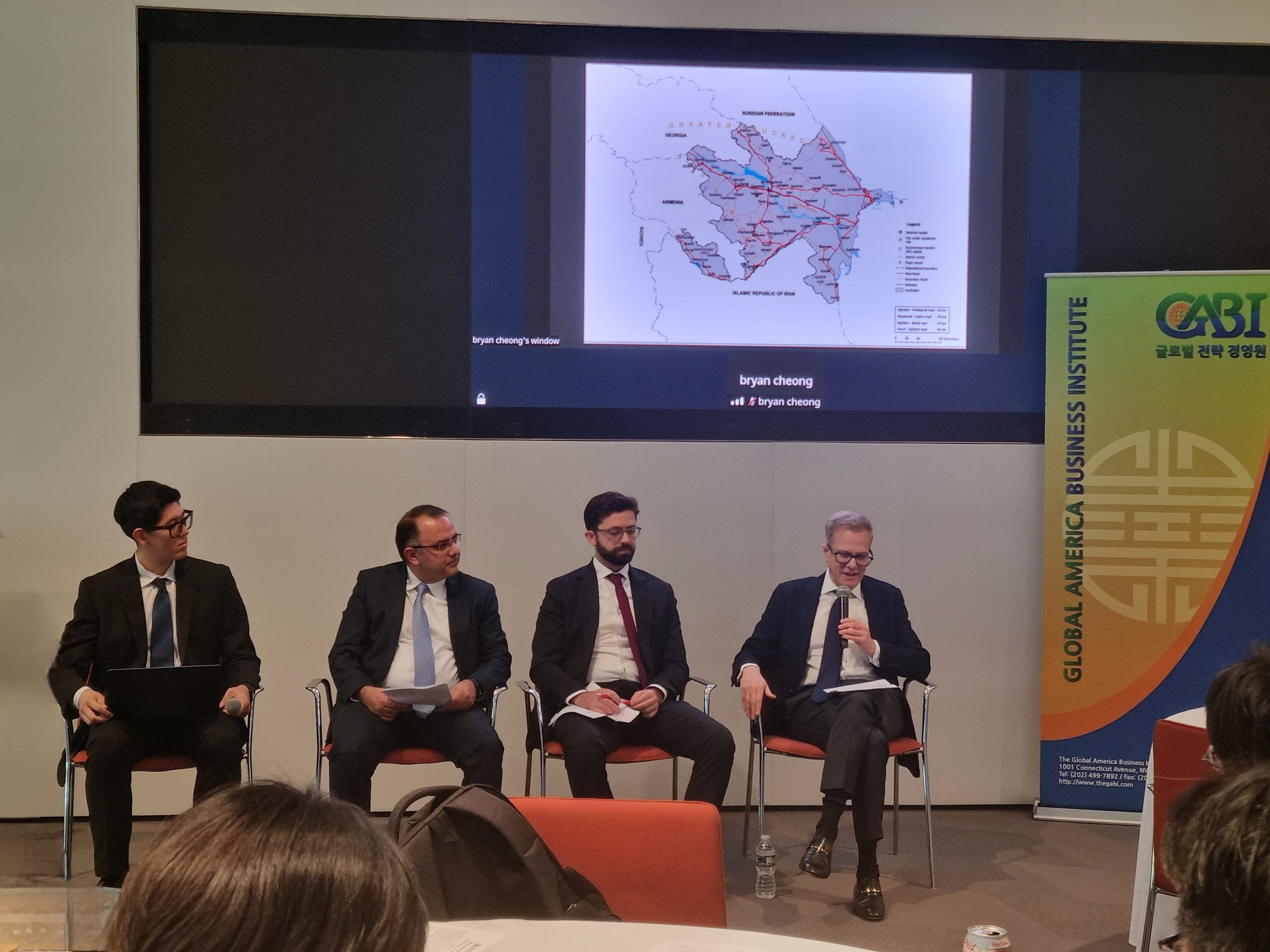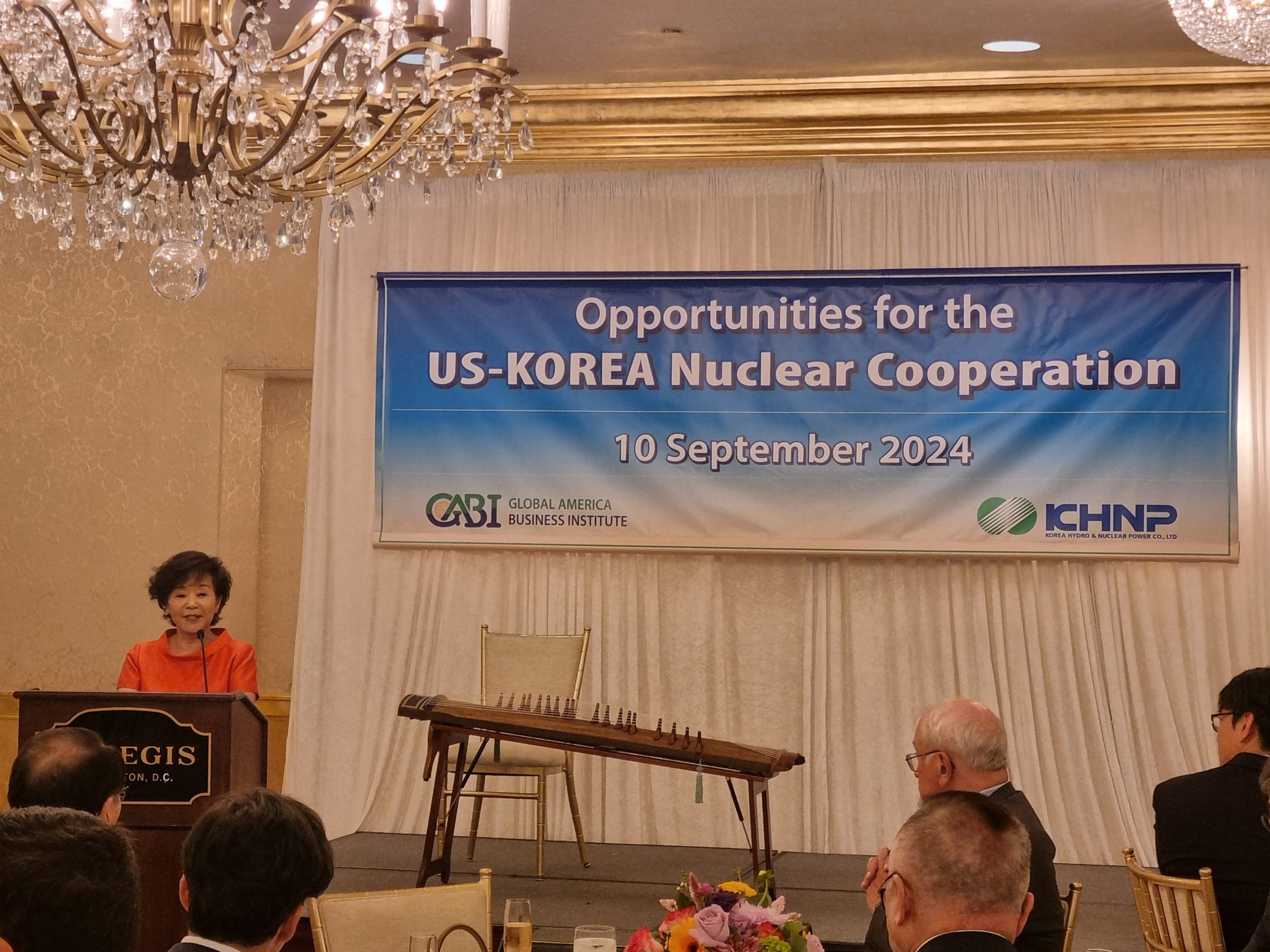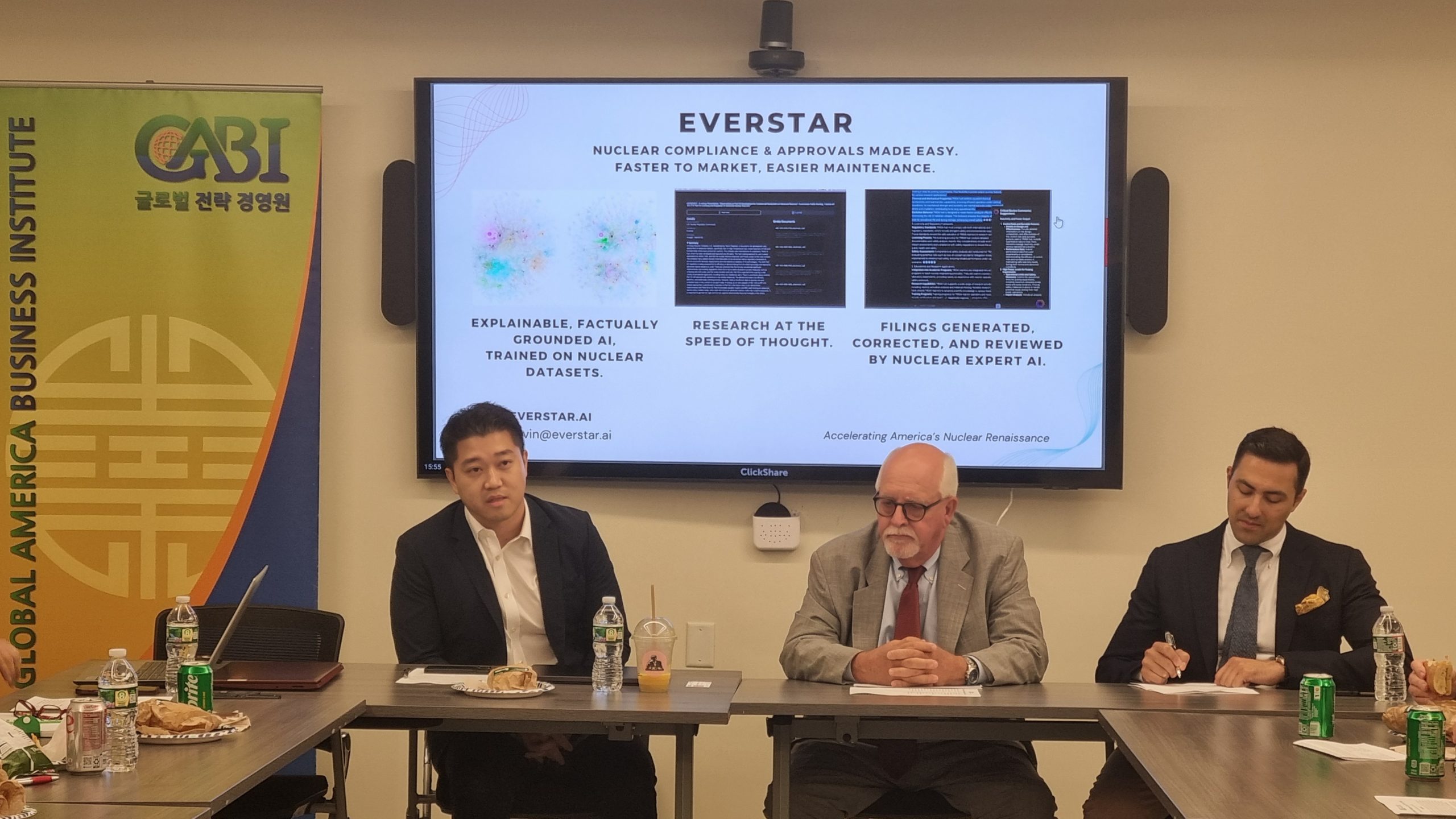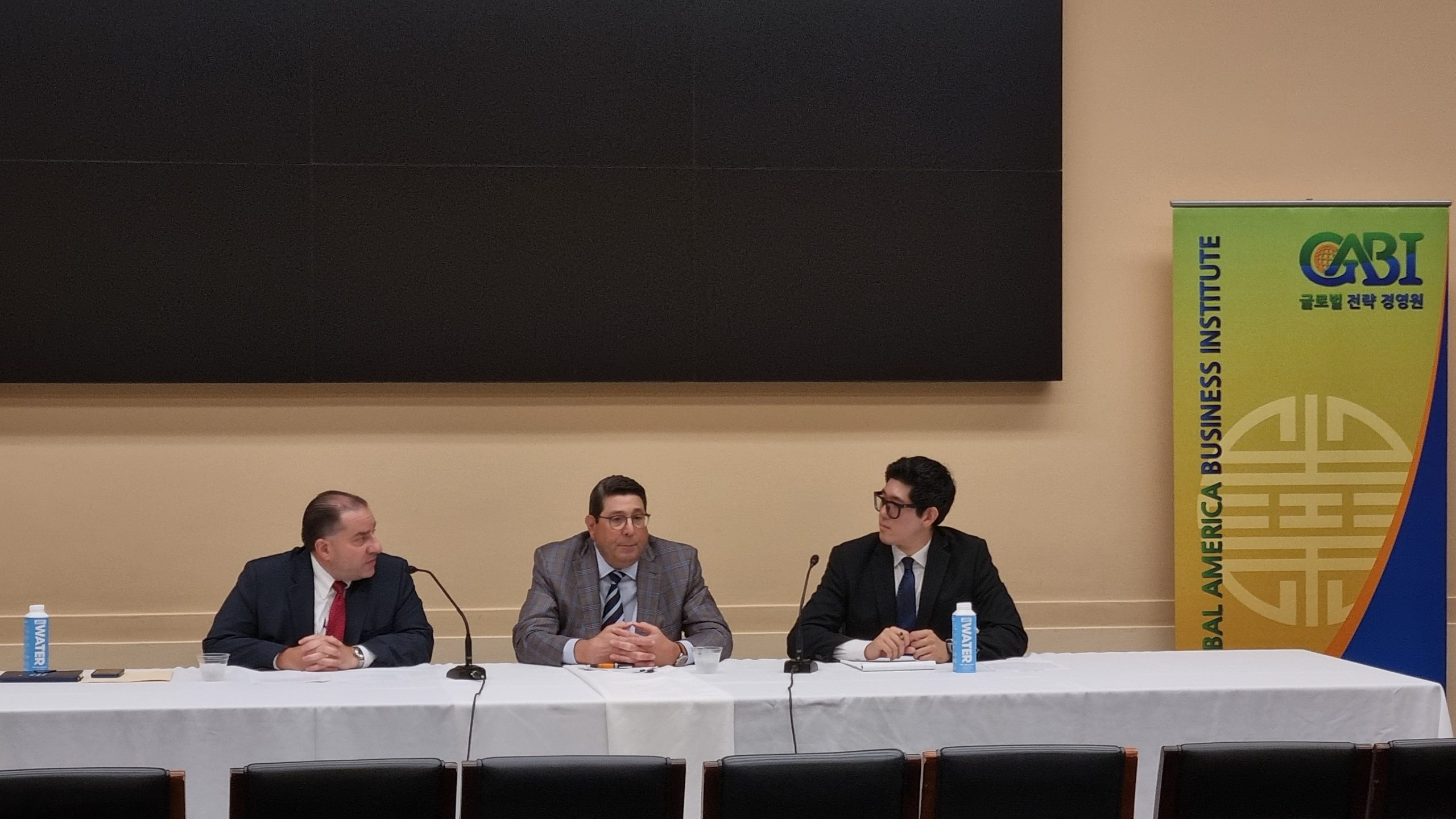There is widespread recognition that the current pace of fossil fuel usage will necessarily lead to climate change and other deleterious global effects. Within the US, market forces have decreased carbon emissions to record levels with the emergence of cheap shale natural gas. However, in order to achieve its long-term emissions reduction goals, the US will likely need to expand the roles of zero carbon energy sources, such as renewables and nuclear, in its energy portfolio.
From the perspective of the energy policy triangle—the three criteria of economics, the environment, and security of supply for the evaluation of energy sources—both renewable and nuclear power have many beneficial attributes. Both renewables and nuclear are virtually emissions free, and neither face significant issues with regards to security of supply. Nevertheless, the vast influx of shale natural gas in the US has presented stiff competition for both the renewable and nuclear industries on the economic front. Additionally, nuclear power and renewables face their own unique challenges. With the presence of utilities with relatively small market capitalizations, there is little collateral to invest in new nuclear plants. Accordingly, there is a great degree of financial risk for American utilities in the nuclear business. Although the growth of renewables in recent years has accelerated with the emergence of various policy initiatives and financial incentives, the continued expansion of renewable energy remains largely dependent on such subsidies and government measures. For new nuclear build to occur, a rise in natural gas prices will probably be necessary, and there must be continued improvements in technology, efficiency, construction time, and regulatory structures. In the case of renewables, a modern, interconnected national grid will likely be a requisite for the large scale deployment of renewable generation units to occur in the US.
While the stated US policy to achieve 17% GHG emissions reductions (compared to 2005 levels) by 2020 has a reasonable probability of success, the objective of 80% reductions by 2050 will be extremely difficult to achieve without comprehensive legislation. While there have been moves to address climate change on the federal level, such as the recently finalized fuel economy standards for light duty vehicles released by the EPA and DOT, the majority of climate initiatives are occurring at the regional and state levels, with states such as California and Hawaii leading the way. Thus, while there has indeed been progress in the US on climate issues, it is being accomplished through a number of complex pathways rather than under an overarching national strategy. The use of economic models reveals that careful evaluation and coordination of policies is supremely important, especially given the existence of leakage and rebound effects. Determining how different policies compare and interact will be vitally important for the future of climate change legislation in the US. For example, some studies using economic models suggest that a cap-and-trade system would be far more effective and efficient than fuel economy regulations in reducing GHG emissions.
Although growth in renewables is presently observable, fossil fuel usage will continue in the near-term. In the mid-term future of energy, there will likely be an expansion of nuclear power worldwide, with concurrent improvements to existing light water reactor designs and the potential development of advanced reactor concepts. In the distant future, energy will likely be dominated by either direct solar and/or fusion, given the endless reserves that exist with both those sources. However, the immediate prospects for nuclear and renewable energy in the US will be determined by the development of a more expansive and modern grid, solutions to overcome the financial hurdles of large reactor projects, and the correct balance of financial and policy support.

